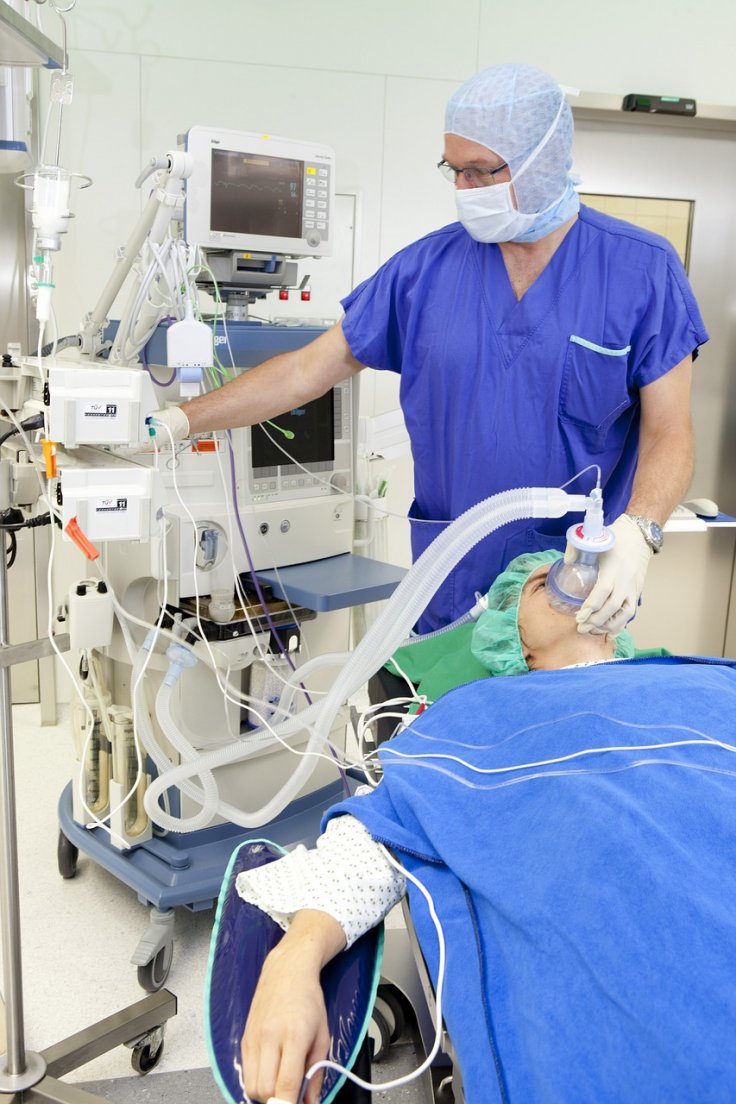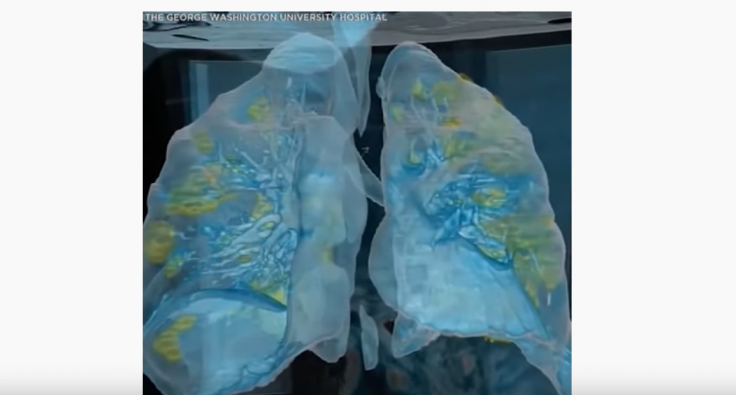The US Food and Drug Administration (FDA) has authorized the developers of the Coventor ventilator, a new hardware design first developed by the University of Minnesota. The manufacturers are aiming to create a medical ventilator which could provide the same level of life-saving care as existing ventilator models but would cost less to help ramp production quickly and make them affordable to the health institutions where at this point of time these extremely required.
But do these ventilators help people affected by the Novel Coronavirus? To get an answer for this question one thing which should be noted that these equipment has become a symbol of the COVID-19 pandemic, as many people suffering for the disease are being admitted to intensive care unit and considering the seriousness of the health doctors have to put them under life support.
Ventilators helping Coronavirus patients?

It should be mentioned that many patients who go under ventilators die and survivors usually face life-long breathing issues, caused either by the machine or the damage done by the virus. The problem is the longer people will live under such life support, the more likely they are to suffer complications related to the machine.
While considering this fact many intensive care units have started to delay putting a Coronavirus patient under ventilator's support and keep it as their last option if a patient's condition gets worse, said Dr Udit Chaddha, an interventional pulmonologist with Mount Sinai Hospital in New York City.
Chaddha explained that there had been a tendency earlier on in the crisis of people to put a patient on ventilators as early as possible to stop the patient's condition to become worse. He said that now the situation is different and "We let these patients tolerate a little more hypoxia [oxygen deficiency]. We give them more oxygen. We don't intubate them until they are truly in respiratory distress. If you do this correctly, if you put somebody on the ventilator when they need to be put on the ventilator and not prematurely, then the ventilator is the only option."
As per the experts around 40 to 50 percent patients die after they are put under the ventilation, regardless of their underlying health issues, said Chaddha. But it will be too early to say if it is higher with Coronavirus patients. But some regions in the US, such as New York has reported as many as 80 percent of COVID-19 patients died after being placed under the ventilation.
Dr Hassan Khouli, chair of critical care medicine at Cleveland Clinic explained that these critical patients died because they were so sick from the Coronavirus that they needed life-support, not because the ventilators caused the harm. In addition, he also mentioned that "I think for the most part it's not related to the ventilator. They're dying on the ventilator and not necessarily dying because of being on a ventilator."
Side effects of the ventilators

The mechanical ventilators do cause side effects on patients and these complications, with a combination of the COVID-19, can make the recovery a long process said Chaddha and Khouli.
After a New York City lawyer and legal blogger David Lat spent six days on a ventilator last month, he wrote that "This terrified me." He wrote an opinion piece in Washington Post and revealed that "A few days earlier, after my admission to the hospital, my physician father had warned me: 'You better not get put on a ventilator. People don't come back from that.'"
Even though Lat survived, he is currently struggling with breathing issues. He mentioned that "I used to run marathons; now I can't walk across a room or up a flight of stairs without getting winded. I can't go around the block for fresh air unless my husband pushes me in a wheelchair."
The ventilators actually push air into the lungs of the ill patients who are sedated and have a tube stuck into their throats. Chaddha said that since it is a machine which artificially working as a breaching tool, many patients often experience a weakening of their diaphragm. So when all other muscles related to breathing function become weaker, patients face difficulty in breathing by their own when they are ready to be liberated from the ventilator, said Chaddha.









